
20
Why Startup Websites Fail (And How to Fix It in 2025)
- In a world obsessed with MVPs and rapid launches, most startup websites aren't built to win. They're built to exist. But when you treat your website like a checkbox instead of a conversion engine, you don't just lose traffic - you lose trust, time and momentum.
- Startup websites fail not because founders lack ambition. They fail because the digital foundation is fragile.
The Mirage of Launch Fast, Fix Later
- Rewind to Anuj, a SaaS founder from Bangalore. With investor pressure mounting, he rushed his website live using a ready made template, believing the product would speak for itself. But the reality? High bounce rates. Low dwell time. No conversions. A LinkedIn post got more traction than his homepage.
- What went wrong?
- The most common reason startup websites fail is this: they don't align with the user journey. They talk too much about the product and too little about the user's problem. They overuse buzzwords and under deliver clarity.
The Anatomy of a Failing Startup Website
- A website doesn't fail because it looks bad. It fails because it:
- Loads slowly (more than 3 seconds = user gone)
- Lacks a clear CTA or overuses too many
- Confuses users with jargon instead of clarity
- Has poor mobile responsiveness (in India, 75%+ traffic is mobile)
- Doesn't build trust fast (no testimonials, awards, press mentions)
- Ignores SEO (no schema, no keyword strategy, no internal links)
- Lacks emotional connection
- When these problems add up, even a world class product can go unnoticed. And founders end up Googling: 'why is my startup website not converting' or 'how to make my website get leads'.
A Startup Website Is Not a Brochure. It's a Funnel.
- Let's be blunt: Nobody reads your entire homepage. They scan. They bounce. They judge.
- The first 8 seconds decide if they stay.
- What they're looking for is not a pitch. It's a promise. Does your site answer:
- What problem do you solve?
- Can I trust you?
- What should I do next?
- Templates often fail to guide this journey. But at WebSeeder, we rewire that entire flow.
How WebSeeder Fixes the Root Problem (Not Just the UI)
- We don't start with wireframes. We start with behavior. What does your audience fear? What do they hope? What objections will they have?
- Using a combination of CRO (Conversion Rate Optimization), AIO powered content strategy, and data backed UX, we build websites that listen before they speak.
- Our process is radically different:
- We interview your users (if available) or run behavioral heuristics.
- We run an SEO+intent audit, using search queries like 'best pricing page structure for SaaS startups' or 'homepage layout that converts'.
- We build wireflows that solve, not just look pretty.
- Every visual hierarchy is tested against known conversion psychology models (e.g F-pattern, Hick's Law).
- We implement AEO strategies to ensure your answers are picked up by Google's Answer Engine.
Real Startup Website Failures That Could Have Been Avoided
- Failure 1: A D2C wellness brand used a beautiful site but buried the product above the fold. Users scrolled but didn't understand what they were selling.
- Failure 2: A fintech startup had no pricing page. Users bounced during discovery. They assumed the product was either too expensive or not ready.
- Failure 3: An HR tech SaaS site had zero schema, no breadcrumbs, and no content. Google couldn't crawl effectively. They ranked nowhere despite having great blogs.
- Failure 4: A founder placed three CTAs above the fold: 'Get Demo', 'Start Free Trial', 'Schedule Call'. User confusion = no action.
- In every case, clarity, psychology and performance were missing.
The Psychology of Trust in Web Design (And Why Startups Ignore It)
- Startups often obsess over UI and forget emotional UX. But conversions happen when users feel safe.
- At WebSeeder, we map your trust-building elements into strategic zones:
- Above-the-fold: promise + problem statement
- Mid scroll: proof (testimonials, results, data, logos)
- End: action (one strong CTA only)
- We implement trust signals like SSL, data protection badges, client logos, media mentions and human photos because they subconsciously reduce anxiety. And we bake in schema (FAQ, HowTo, Product) to make your site AI-readable.
What Users Actually Search (And Where Templates Fail to Show Up)
- Let's look at what your users are literally Googling:
- how to build a high converting startup website
- website design mistakes startups make
- low cost website design for startups in India
- custom website vs template for SaaS startup
- why my website is not ranking on Google
- Templates don't let you structure content to answer these queries. But a custom-designed, WebSeeder-powered site does - with AIO friendly layouts, semantic content clusters, and internal linking built in.
Let's Talk Numbers (Because Startups Respect Data)
- Here's a WebSeeder case study:
- Client: Fintech startup in Mumbai
- Old Site: Template-based on Wix
- New Site: Custom WordPress + Headless CMS
- Results in 60 days:
- Page load time: 4.6s to 1.4s
- Conversion rate: 1.2% to 5.3%
- Organic visits: +340%
- Lead capture through multi-step form: +280%
- That's the power of strategy driven design.
Why WebSeeder's Websites Are Built for 2025 (Not 2020)
- We don't just follow trends. We engineer for the future:
- AI-readiness (structured data, AIO content embedding)
- Voice search optimization
- AMP compatibility if needed
- Core Web Vitals baked in
- Geo-targeted content sections for local discoverability
- Whether you're a SaaS, D2C, Edtech, or B2B founder - your site isn't just your face online. It's your funnel, your first impression, and your silent pitch deck.
Final Thoughts: The Site Is Either Working For You, Or Against You
- Startups don't have the luxury of time. You can't afford to lose visitors. Every bounce is a lost conversation. Every bad scroll is a missed opportunity.
- So ask yourself: Is my website a lead magnet or a leaky bucket?
- If it's the latter, let's fix that. And let's fix it right.
- Because at WebSeeder , we don't just build websites. We build belief, clarity and conversions - all backed by data, design and trust.
Our Clients








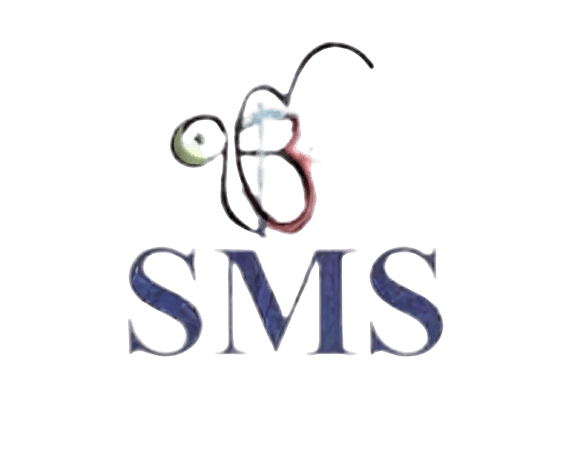


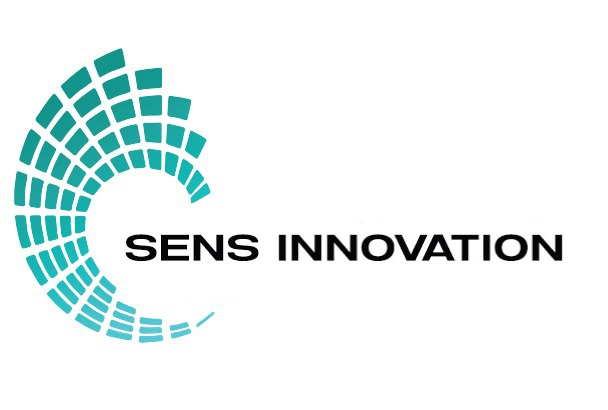
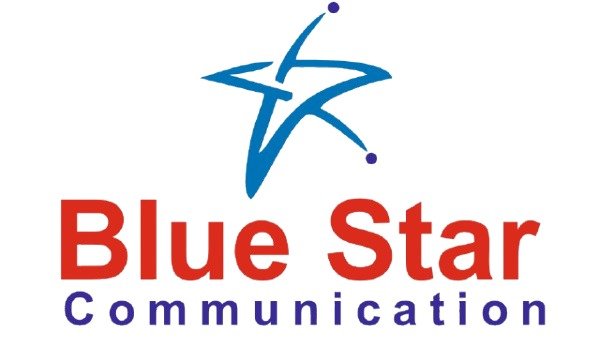































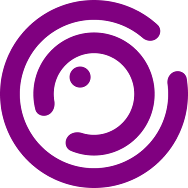



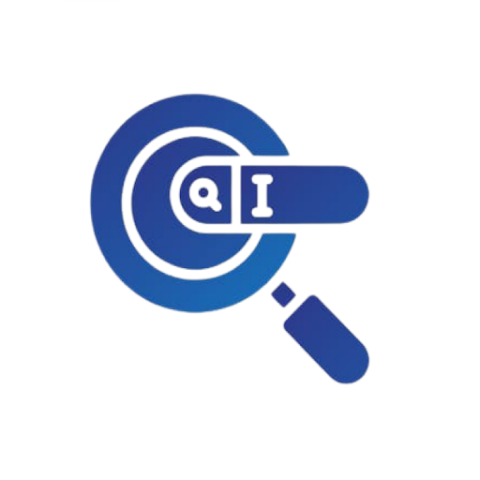



















































Together, let's create something great;
we hope to see you soon!
